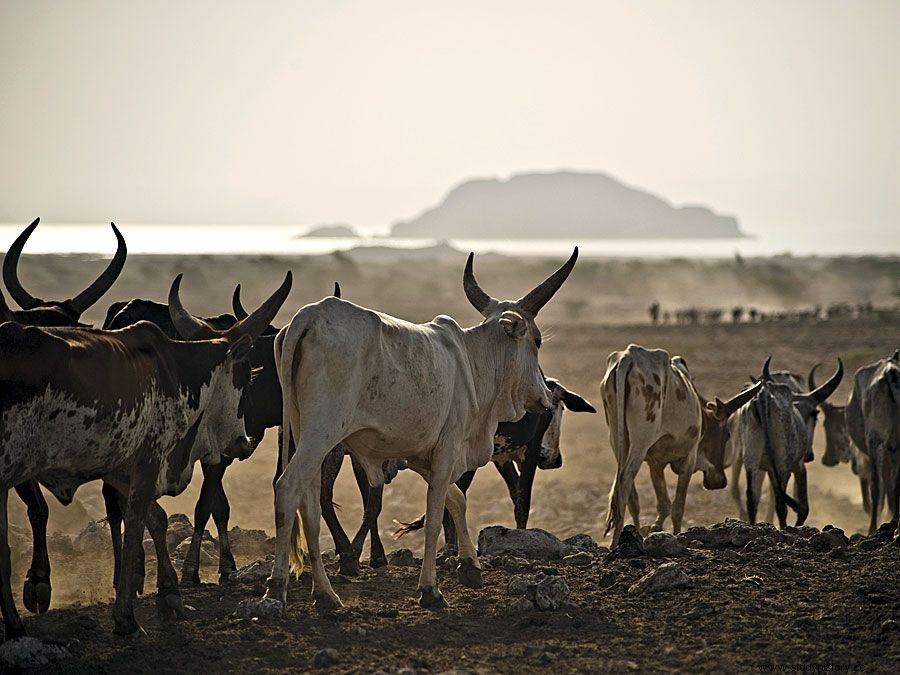Police Zone , southern two-thirds of South West Africa (now Namibia ), in which the German and later the South African colonial administration were able to establish an effective European style Police check from the early 20th century. The name of the area and its original boundary were adopted by the South Africans in 1919 from a 1911 German map of the area, showing the area as Police Zone .
 Britannica Quiz Destination Africa:Fact or Fiction? Is Africa's northernmost point further north than Europe's southernmost point? See if your geographical knowledge points north or south on this journey through Africa.
Britannica Quiz Destination Africa:Fact or Fiction? Is Africa's northernmost point further north than Europe's southernmost point? See if your geographical knowledge points north or south on this journey through Africa. It spans the north-central sector of the Mandate area South West Africa, the boundary of the police zone (often referred to as the) Red line because it was printed in red ink on cards) extended from the Atlantic to Botswana in a generalized north-pointing semicircle. The border separated indigenous African groups to the north, including the numerically significant Ambo (Ovambo) and other Bantu-speaking peoples, from white settlements to the south . Not all of South West Africa's indigenous groups lived north of the police zone, however. The less significant Herero lived along with groups of Khoekhoe and other mixed-race groups mainly in the police zone.
The border of the police zone has long been untouchable. Whites were forbidden from entering the North, and Northern Indigenous groups were generally forbidden from entering the police zone unless identified as a "work unit" hired, which has been contracted for a prescribed period. Many successive demarcation changes of the boundary between the 1920s and 1960s usually reflected increasing white control of better agricultural areas. The name Police Zone was used less after South Africa The Odendaal Commission defined the geographical, economic and political aspects of the Apartheid in South West Africa. The Commission's 1964 directive resulted in the establishment of 10 reserves (homelands) for the African peoples and mixed-race groups in South West Africa in the 1970s. The eastern, southern or western boundaries of the 6 reserves for the indigenous African groups north of the police zone followed the police zone boundary with minor modifications.
The 1977 South African Agreement to form a Temporary Government in Namibia until independence led to Rural Areas Proclamation (1977), which repealed regulations previously used to control black African movement and allowed all ethnic groups to take up work and residence wherever they wanted. By the time of independence in 1990, even the effects of a police zone had ceased.
